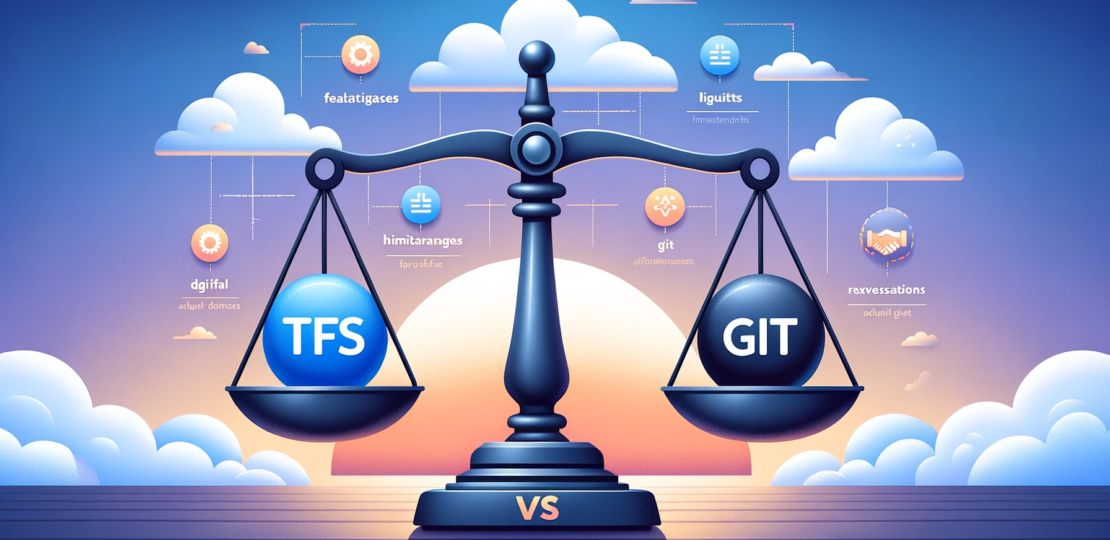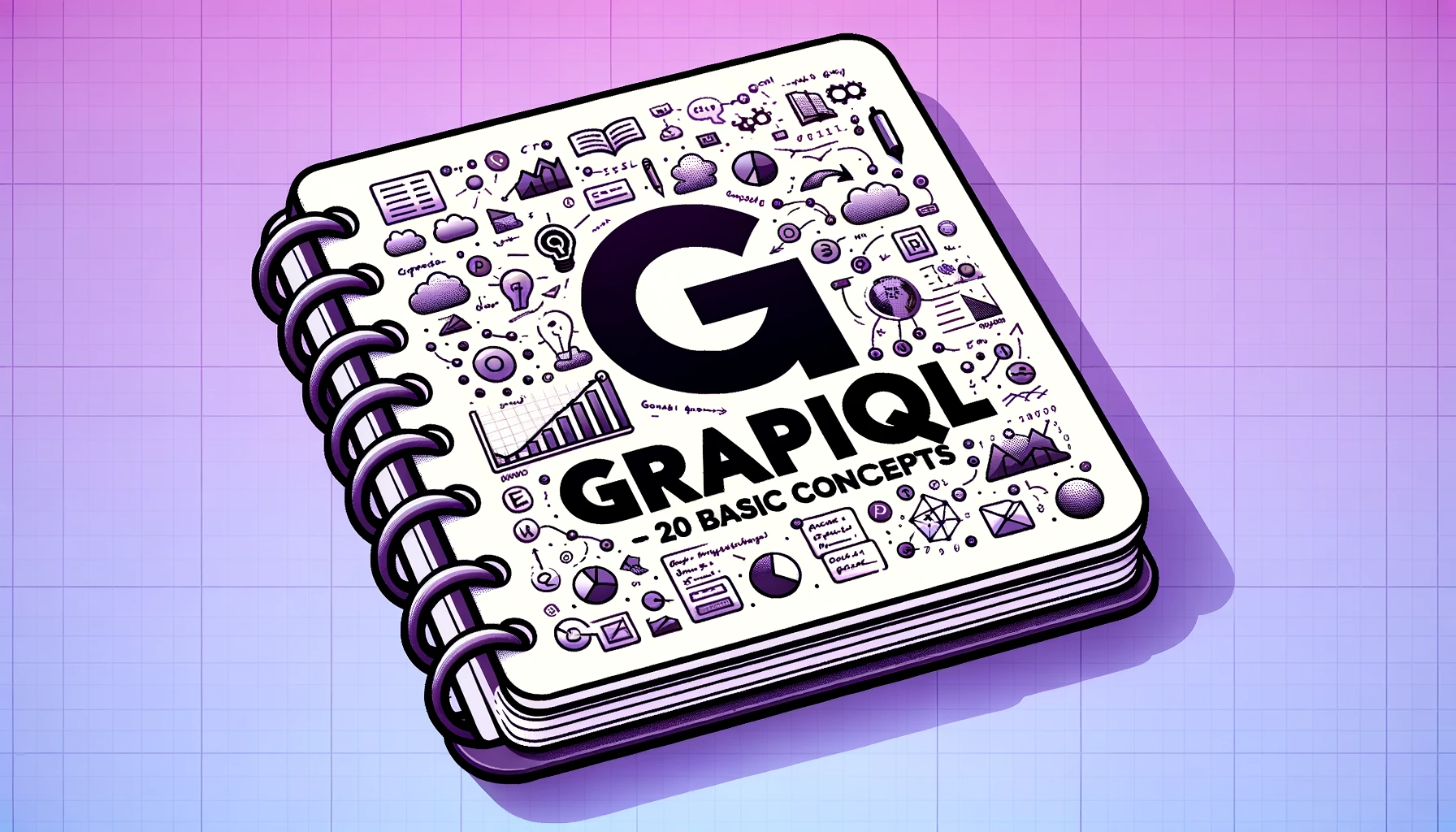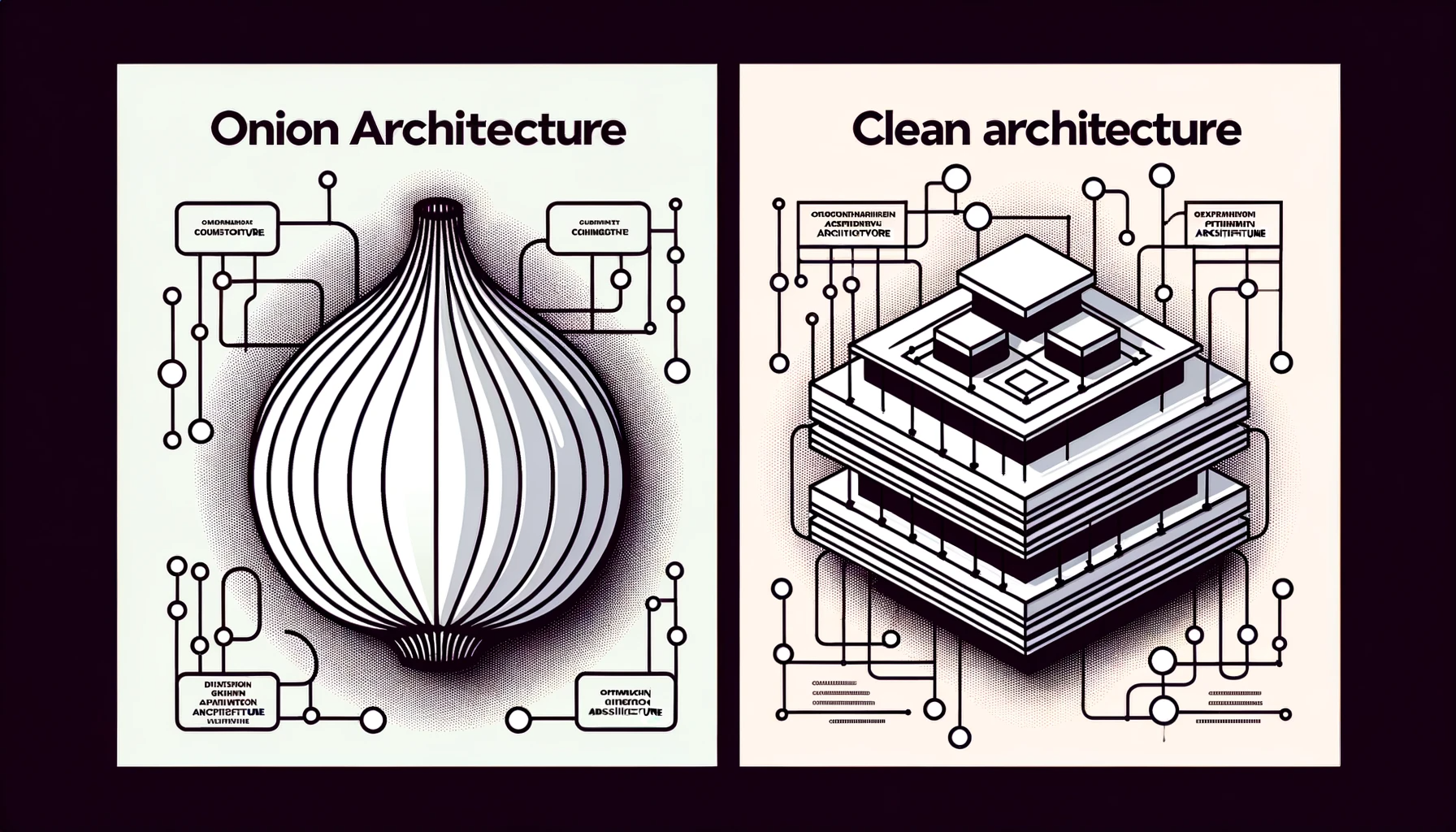
Team Foundation Server (TFS) and Git are both version control systems, but they operate under different paradigms and have unique sets of features. Let’s dive deep into the differences, pros, and cons.
TFS (Team Foundation Server)
How It Works:
- Centralized Version Control: TFS is built around a centralized model where developers check out files from a central server, modify them, and then check them back in.
- Locking Mechanism: It often employs a locking mechanism where only one developer can change a file at a given time.
Pros:
- Ease of Use: TFS is generally easier for people to understand, especially those who are used to centralized systems.
- Administrative Control: A centralized system is easier to administrate and backup.
- Fine-grained Permissions: TFS offers more fine-grained control over who can access what.
- Integrated Tools: TFS integrates seamlessly with other Microsoft tools, providing an all-in-one solution for ALM (Application Lifecycle Management).
- Built-in Work Tracking: TFS includes work-item tracking, reporting, and project management features out of the box.
Cons:
- Single Point of Failure: Being centralized means that if the server goes down, work essentially comes to a halt.
- Slow for Remote Teams: Developers working remotely may experience latency as they have to connect to the central server.
- Limited Offline Capabilities: Since it’s centralized, you have limited capabilities when you are offline.
- Merge Conflicts: The locking mechanism can lead to fewer merge conflicts, but when they happen, they are usually harder to resolve.
Git
How It Works:
- Distributed Version Control: Git is a distributed version control system where each developer has a complete copy of the repository.
- Branching and Merging: Git emphasizes branching and merging, allowing multiple developers to work on features or fixes in isolation before merging changes back.
Pros:
- Performance: Operations like branching and merging are faster because each developer works with a local copy of the repository.
- Collaboration: Git’s model makes it easier for multiple developers to work concurrently on the same project.
- Strong Community: Git has a vast community and a plethora of third-party tools and extensions.
- Flexibility: Being decentralized gives you more control over the repository, allowing you to use various workflows like Git Flow or GitHub Flow.
- Advanced Conflict Resolution: Since Git encourages a branch/merge model, you usually resolve conflicts progressively, making them less painful.
Cons:
- Complexity: Git has a steep learning curve and can be overwhelming with its numerous commands and options.
- Lack of Built-in GUI: While there are third-party GUIs, Git itself is a command-line tool.
- Lack of Access Control: Fine-grained access control is not native to Git; you usually need a third-party tool or service for that.
- Size Limitations: Git repositories can get quite large if not managed properly, although new features like LFS (Large File Storage) are helping mitigate this.
Example Use Cases:
- If you’re developing a .NET application and rely heavily on Microsoft’s ecosystem, TFS might be more straightforward for you.
- If you have a distributed team and need robust branching and merging capabilities, Git would be better suited.
My Opinion:
If you’re looking for flexibility, strong community support, and you have a distributed team, Git is the way to go. It’s become the industry standard for a reason. However, if you’re deeply ingrained in the Microsoft ecosystem and require an all-in-one ALM solution, TFS could be more appropriate.
RELATED POSTS
View all


